1. We spoke about Plain English writing in class. Please answer the following in detail
a. How would you explain to someone what “Plain English writing” is? (4 Marks)
PowerPoint Slides: Briscoe, W8 – Plain Language Writing Website Copy(W25).pdf, slide 7, slide 8, slide 9, slide 10.
PowerPoint Slides: W8 – A – Plain language writing (w25).pdf, slide 6
Slide #7 (W8 – B – Plain Language Writing Website Copy(W25).pdf ) include information that a lot of people think that Plain English (Plain Language) is a dumb English (dumb language).
But it is completely opposite thing.
The main idea of Plain language is to help us easily understand content of text.
Things what we do not (can’t) understand (jargon, specific terms, non-logical structure, etc) that’s what makes text dumb.
Meanwhile plain language is an use of “play of words” that is easy to analyze and perceive. We use different combination of words to create memorable, interesting and exciting content.
When we use plain language, we can include psychological tricks to make our sentence or text more intriguing.
For example, we can use emotional triggers like curiosity or fear
Example of headline with plain language :“COVID 19 is here again!”
COVID 19 – something bad
Is here again – statement of fact
Combination of these words increase negative feelings.
Example of headline with non-plain language: “potentially sever acute respiratory infection is back in our country”
So, when we talk about plain language, we include a couple elements that make it “plain”
First thing is clarity, all words are easy to understand, we do not use jargon or specific terminology.
Second thing is conciseness, we do not have to make long sentences, opposite we must keep it as short as possible, because people do not have time to read long sentences.
And last thing is
b. What makes plain English writing different? (4 Marks)
PowerPoint Slides: Briscoe, W8 – W8 – Plain Language Writing Website Copy(W25).pdf, Slide 2
My answer for this question will be based on words from slide number 2
“The simple answer is that it makes for better reading”
Rely on these words, I would say that Plain Language is a text that does not require deep analysis and is most likely became just a habit.
What do I mean by word “habit”?
A person does not read the text, but scans it, he does it automatically, that’s what I mean by word “habit”.
For example when person read word “apple” image or understanding of this word automatically appears in his mind.
Plain language includes words and phrases that are used most often in our daily life and has easy logical structure.
Example
Non plain language
“to bring ID is required, in case if you do not do that it will affect your exam, you will fail it, and will not be able to take again. ”
Plain language
“Attention: Bring your ID to have access to the exam”
First example provides more details and makes understanding of sentence more difficult.
In this case we will pay attention to things (details) we do not really need and can miss main idea of sentence.
Second example, with word “Attention” we try to show people that this sentence contains information that might be important for him, after we say what is required “bring your ID” and why is it required “to get access to exam”. It’s easy to remember and immediately lead to action.
c. What is plain language writing for the web and in detail and in your own words, why is it important? (4 Marks)
PowerPoint Slides: Briscoe, W8 – A – Plain Language Writing (W25).pdf, Slide 18
PowerPoint Slides: Briscoe, W8 – W8 – Plain Language Writing Website Copy(W25).pdf, Slide 7
We now are literally surrounded by new technologies and digital content.
With the new technologies we also received a new habit. This habit is consuming of fast-content.
People used to getting information and analyze it quickly and easy.
From PowerPoint:
“People are spending 15 or less seconds deciding on whether to engage with a page or not”
That’s why plain language is important, because people do not have time to make a deep analysis.
Reasons why they can’t do it can be different, but main reason is laziness.
We use plain language because it is something what people can easily understand, and their brains do not have to “suffer” when consume information.
Plain language in digital must be short and easy.
Use of plain language and correct visual construction (F pattern, bullet points, fonts, etc) can lead to success, people will pay attention to our content and will consume it.
What can be if we do not use plain language?
We lose money – if we do not use plain language people simply will not consume our content, for example, if we are cosmetic brand, and want to sell our product but include difficult to understand, long terms people will not understand it and will not buy a product.
Non-plain example :The cream contains epigallocatechin-3-gallete(EGCG) blends onto the epidermis and act as antioxidants.
Regular person probably will not understand it.
Plain language example: The cream contains tea tree emulsion, which relieves skin inflammation.
When we look at the plain language example we immediately understand what ingredient cream contains and how it can help.

Leave a Reply